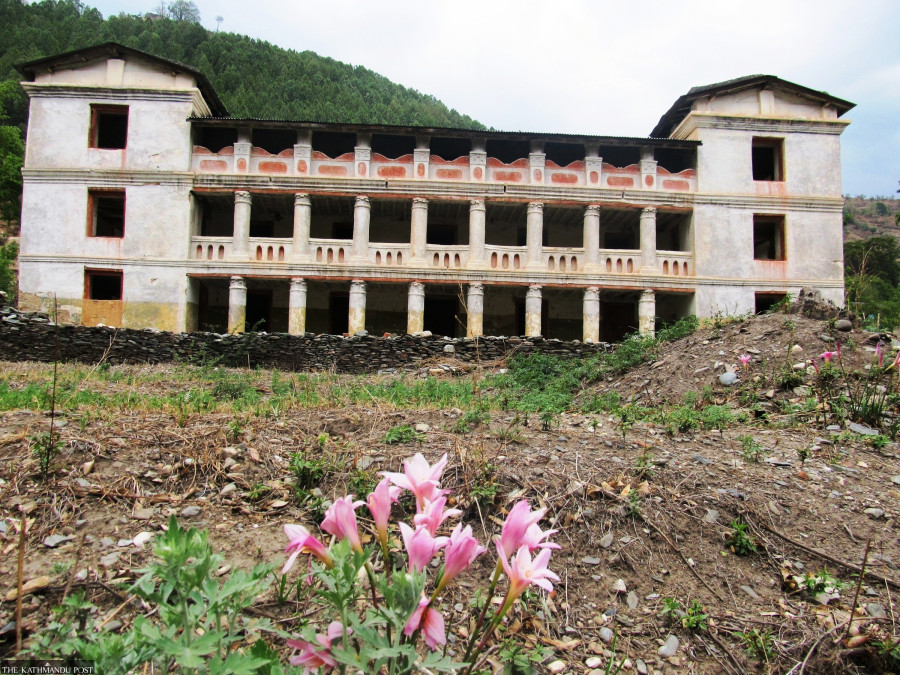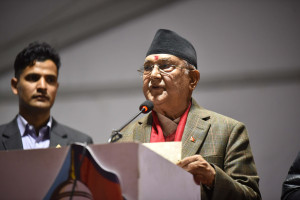Editorial
Preserving heritage
Prioritising locals in restoring important landmarks would help alleviate unemployment.
As humans, we constantly seek to establish our linkages to the past. Any little indication of establishing the remotest link to the greatness of the past provides a reason for much joy. But alarmingly, in Nepal, we have consciously allowed the rich heritage of the past to wither away into oblivion. Ancient Nepal dates back to the Gopal dynasty followed by the Kirant rulers in the 7th or 8th century BC, which means more than three thousand years ago. But nothing noteworthy of the ancient past remains, and the little that is left has been ignored.
It is unthinkable for a tourist to visit Agra and not visit the Taj Mahal. Similarly, if one were in Peru, an apparent reference would link the visitor to the Inca citadel of Machu Picchu. Nepal’s point of reference would precisely be Everest and the natural landscape. Still, for a country that relies on tourism, there are a handful of things that one needs to get right apart from depending on the obvious identifiable points of reference; showcasing ancient heritage not as an appetiser to satiate the seeker but as the main course.
The remnants of our glorious past lie strewn all over the country. Yet, the authorities that wield power to revive historical monuments have done little besides providing cosmetic maintenance to a handful of buildings in the valley. An article in the Post highlighted the plight of historical palaces and monuments in Bajhang that carry archaeological significance that have been allowed to rot away. They may not have the same sense of allurement as other famous landmarks for foreign travellers, but for us Nepalis, they provide us with a sense of belonging and a way to look back on our history in a way that allows us to understand the present and perhaps shape the future.
Prioritising locals in restoring important landmarks would help alleviate unemployment and educate them in preserving their local treasures. The art of preservation, too, has great significance in maintaining the longevity of critical historical treasures. When hereditary jobs are quickly becoming a thing of the past, training the younger generation to understand and preserve cultural heritage will require more than mere motivation. The authorities will need a well-thought-out plan to train and equip people on the specific skill set that will be necessary, and that needs continuous unabated financial investment.
Haphazard urbanisation over the past few decades without concern for any sense of preserving the aesthetics guaranteed by our ancient heritage sites too is responsible for the slow cultural degradation. The renowned hitis that were the local habitants’ lifeline reflect the state of the authorities’ enthusiasm—dry and lifeless. Instead of wasting resources on hideous concrete structures, it would serve the general good if we could spare some sensitivity towards the magnificence of our rich cultural heritage. There is little left for introspection atop a view tower than that which could be generated from closely examining the beauty of ancient monuments from ground level.




 7.12°C Kathmandu
7.12°C Kathmandu














